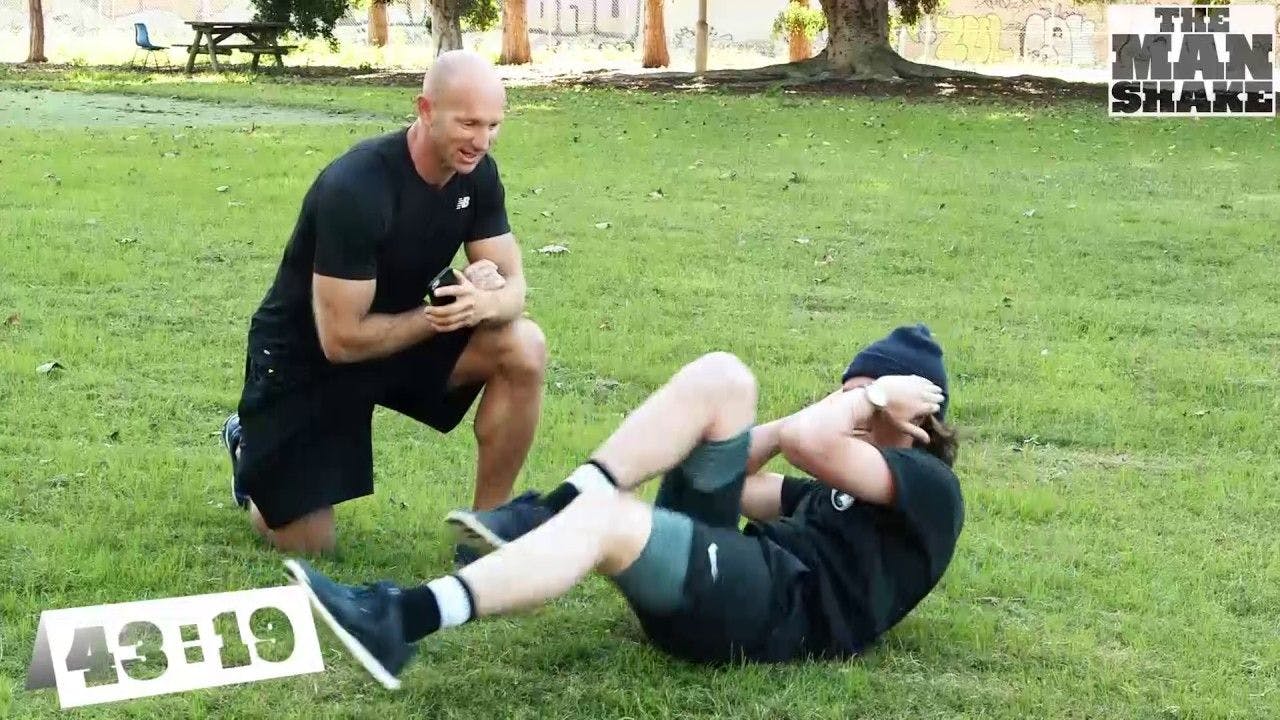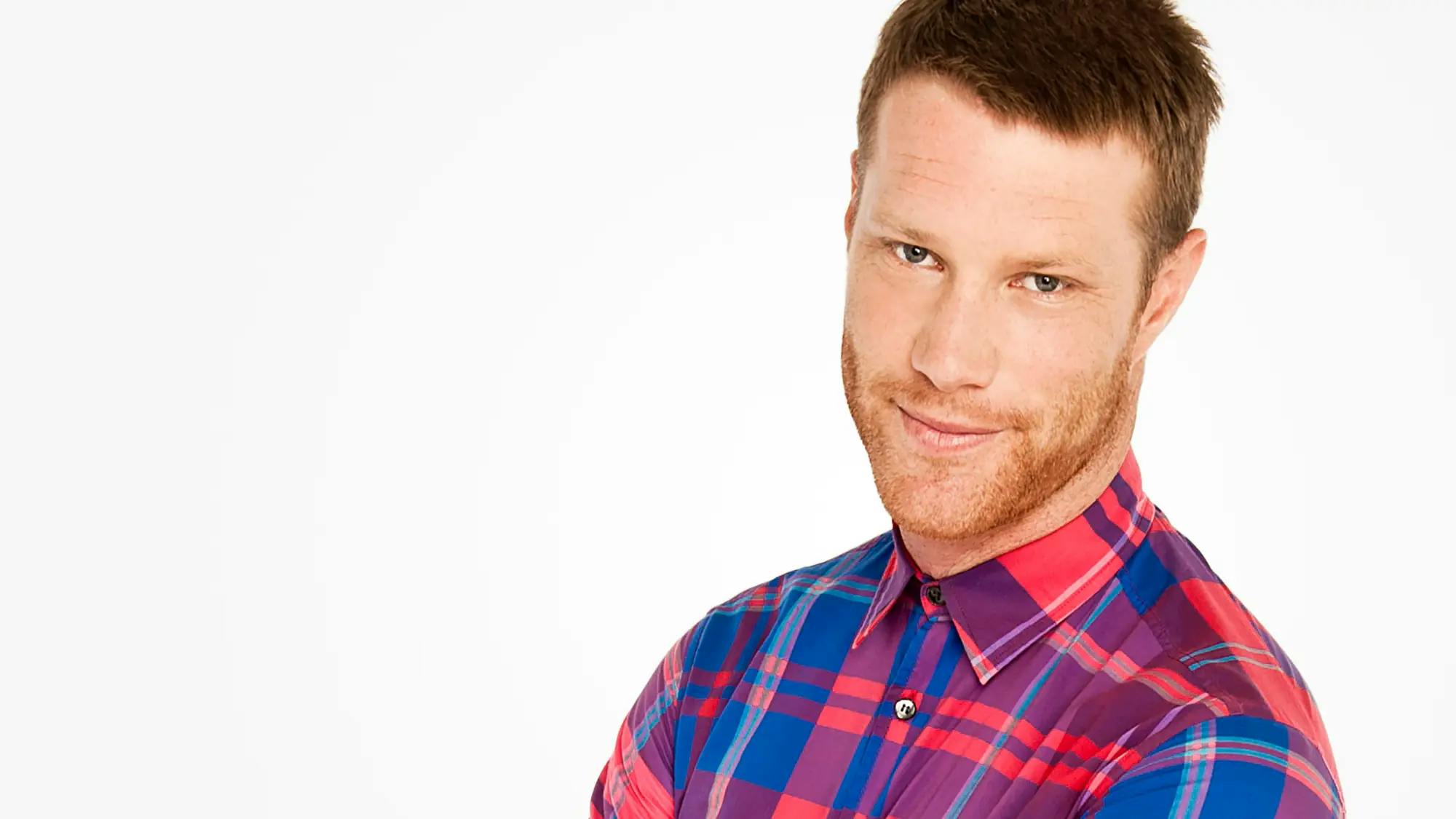Running: Your Ultimate Guide To Getting Started
•Fitness

Share
Looking for a simple and (relatively) cheap way to start burning calories?
Then running might be a feasible option for you. Not only is running great for weight loss, but it will also strengthen your muscles and bones, and improve your cardiovascular fitness.
But before you start pounding the pavement, there are a few things you need to know and prepare. With that in mind, here’s what you need to know before starting your running journey.
Picking The Right Shoes
Picking a good pair of shoes is one of the first things you'll do while gearing up for your running journey. Here are a series of factors you’ll need to consider:
Where You Are Planning To Run: If you’re planning to run on a footpath or a road, for example, you would buy a road-running shoe, whereas someone who is planning to run in a national park would need a trail-running shoe.
The Quality Of The Midsole: Ideally, runners want a springy midsole with good density to ensure they get good support while running.
The Breathability Of The Shoe: Good running shoes need plenty of perforations to ensure that they don’t get too sweaty, which increases the risk of painful blisters and smelly feet.
The Heel Structure : A good pair of running shoes will support your feet with durable heels that hug your ankles, which will prevent ankle rolling and thus decrease your risk of injury.
For more info, check out our guide to picking the right pair of running shoes.
Picking The Right Route
We already have alluded to the importance of your running route when discussing the impact it has on your choice of running shoes. Knowing this, it’s also worth looking into the factors that will help you pick your route.
Your Goals: If you’re looking to lose weight, you’ll want to pick a route that has hills as you burn more calories when running up inclines. If you’re planning to run a marathon, you’ll want to use a route that mirrors the event route.
Your Location: People in urban areas will want to avoid routes with heavy traffic, while people in rural areas should opt for places that aren’t too isolated to ensure there is plenty of help at hand if something were to go wrong.
The Length Of Your Route And Your Fitness: If you’re just starting on a running journey, you’re probably not the fittest bloke around so don’t attempt a particularly strenuous run.
For more information on picking a running route, check out our detailed guide here!
Picking A Running App
One of the best tools to help you plan a running route is a running app. Not only are running apps great for charting routes, they’re also good for recording progress and providing motivation. Here are a few of our picks:
Strava - This free app tracks your pace, distance and time during each run. Additionally, you and your mates can share your results via social media and support each other!
Nike Run Club - Has similar features to Strava, but also includes a gamification aspect to it, which involves challenges. It also has audio coaching and is easily linked to Spotify.
Map My Run - Allows you to specify the exact run you are on. It also gives you access to a series of routes created by other people, which may be helpful if you’re looking for specific conditions.
Apple Fitness Plus - A paid service available to iPhone users that not only has all your standard running app features but also features a series of guided exercise classes.
Zombies, Run! - This uses audio-visual effects to simulate a zombie apocalypse and add a little desperation to your run.
For a more in-depth look at these apps, we have a dedicated guide here.
How To Avoid Chafing
Chafing occurs when your skin repeatedly rubs up the fabric of your clothing. This rubbing eventually causes the skin to break down and when mixed with sweat can cause rashes, itching, pain and swelling. Chafing sucks – but there are things you can do to reduce it.
Choose Well-Fitting Clothes: Loose-fitting clothes will cause your skin to rub against the fabric causing chafing, but if your clothing is too tight, your movement will be restricted.
Chose Appropriate Materials: Try to wear a fabric that will keep your skin dry by drawing sweat away from it, like polyester, bamboo and nylon.
Lubricate: Try placing Vaseline on your problem area before you go for a run. Alternatively, you could buy an anti-chafing cream or powder.
Get Additional Coverage: There are accessories you can add to your body to reduce the risk of chafing, including running shorts on your thighs, or tape and/or band-aids across your nipples.
Avoid Running On Hot Days: You’re more likely to sweat and thus more likely to chafe during hot and humid weather.
Don’t Wear Damp Clothes: Damp clothing can lead to skin irritation and chafing – even when you’re not doing strenuous exercise.
For a more comprehensive look, check out our tips on how to avoid chafing here.





